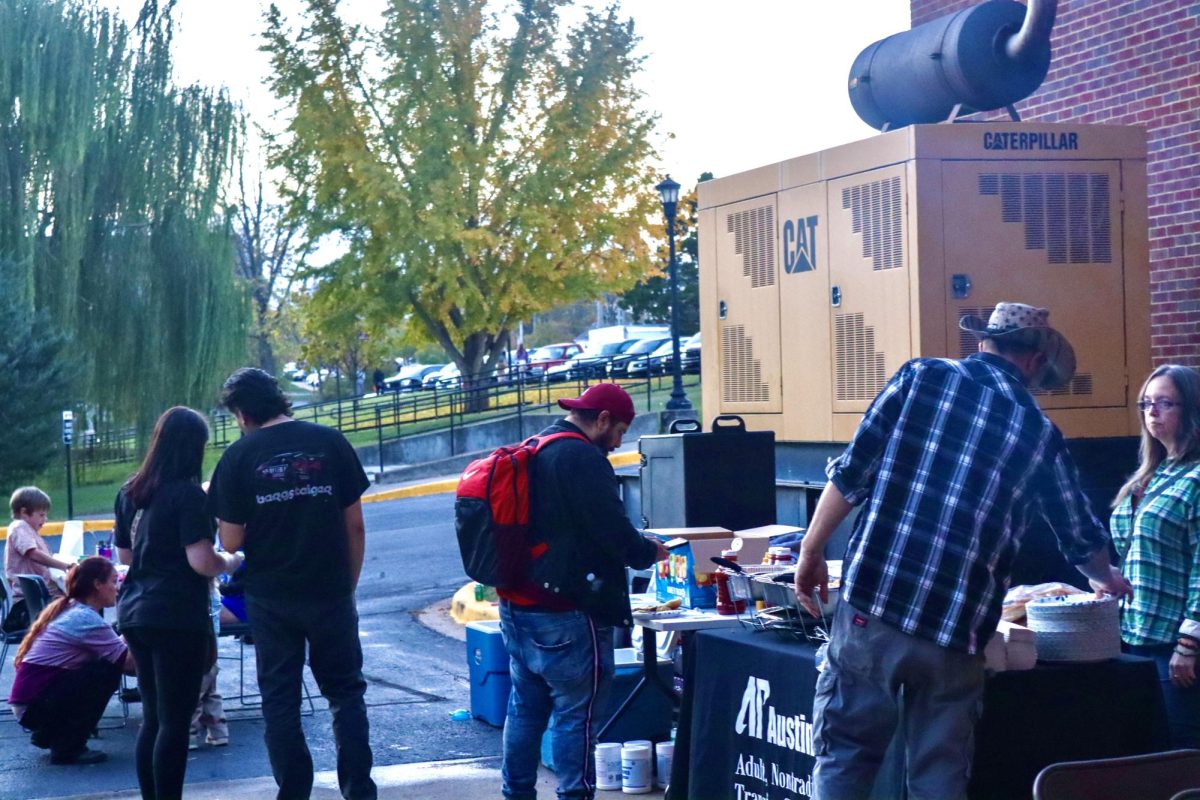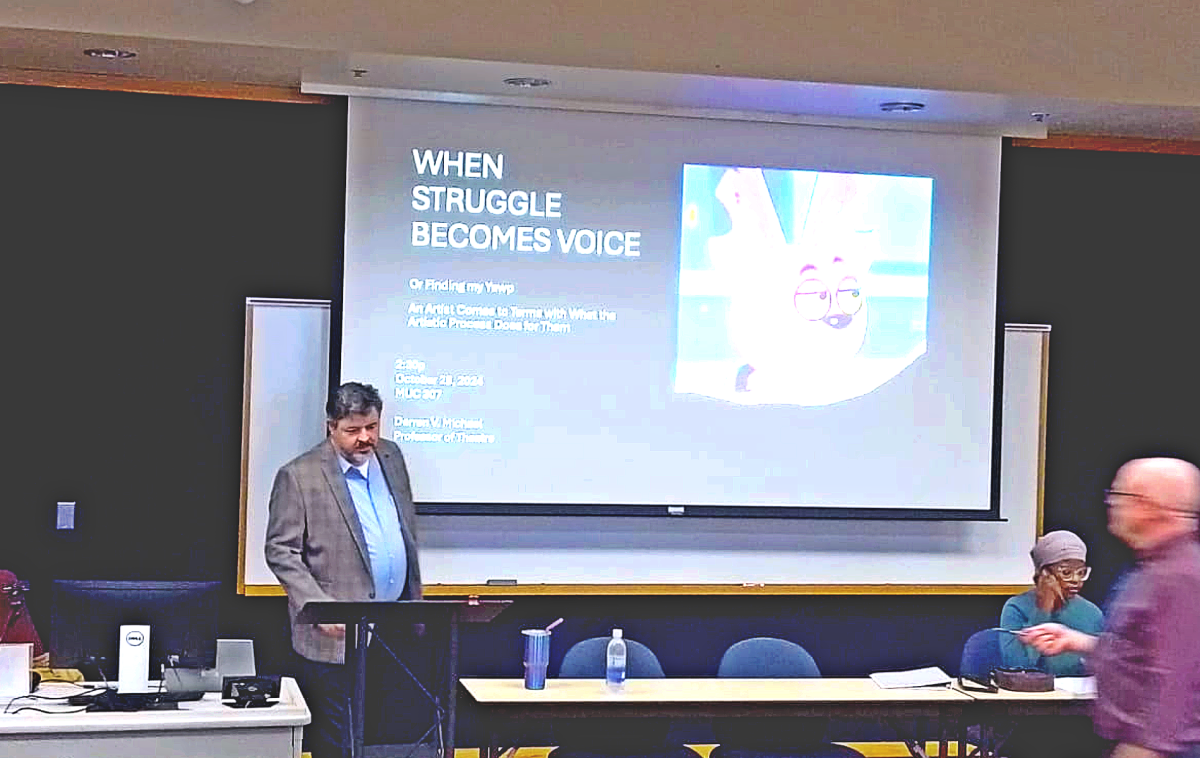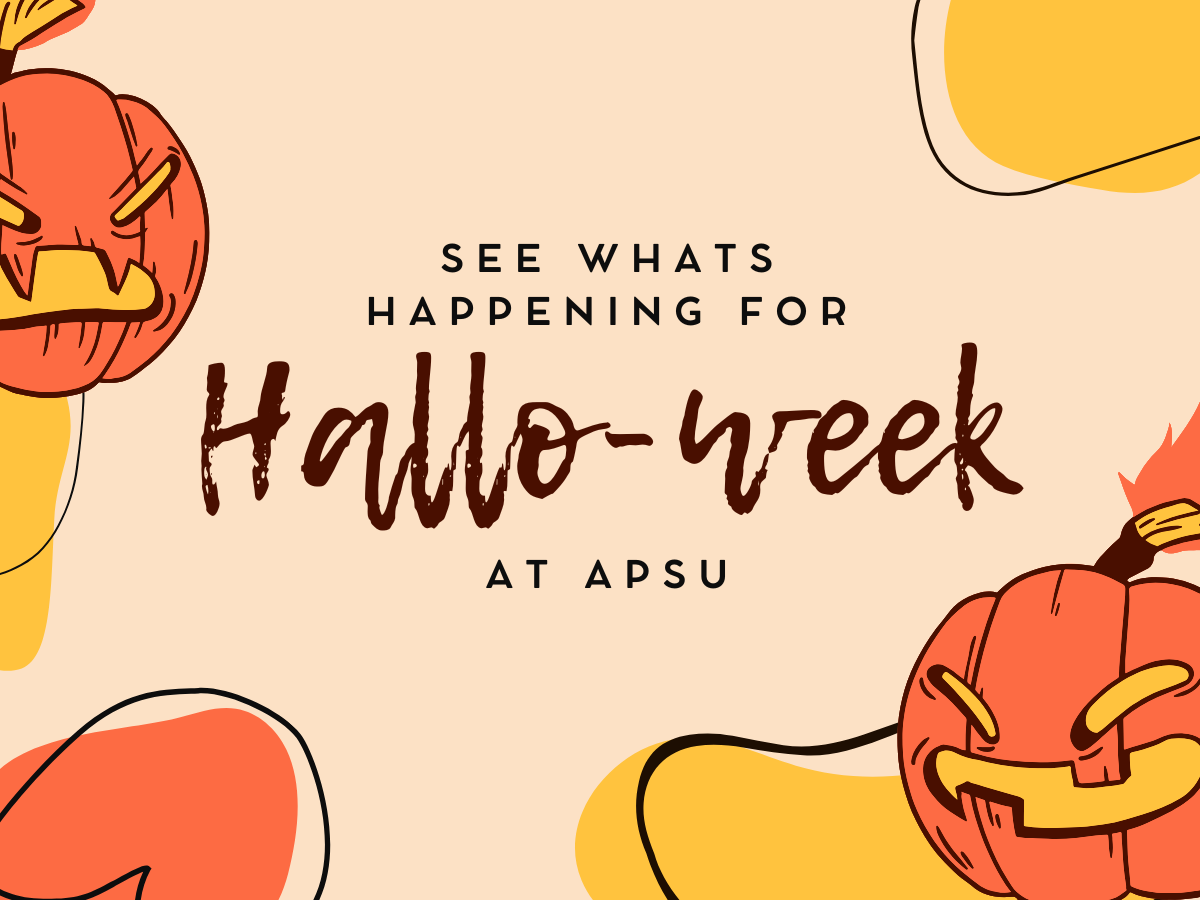Want to know the “bee’s knees?” APSU first had a small, stray cow escape onto campus and explore, and on August 21, APSU studied a herd of cows, along with beehives. These animals and insects were the focus of studies during the full solar eclipse at the Farm and Enviromental Education Center. This study was to see how animals and insects respond to an event like the eclipse. The question: would the animals and insects react to the eclipse, and in what ways?
“We are looking for any kind of difference in behavior since it is our first time watching them during an eclipse. For example, we are watching how the bees’ forage changes, and they have been a lot more active since we started at 11 a.m.,” Adjunct Instructor Bob Moore said.
Moore and farm intern Emily Rendleman observed the bees and cows each hour to see any changes or reactions. Both of them said they were very interested in how they would respond in each phase, especially during totality.
Rendleman, a sophomore Agriculture major, said she has been interested in bees for most of her life and looked forward to these estimated research results.
“I have been beekeeping since I was six and want to make a career out of it and research them. I hope to research them in ways similar to this in the future as well,” Rendleman said. “My grandfather has been beekeeping since the early ‘70s and I grew up with it. I have loved it since then and am excited to see how the eclipse effects the bees.”
While the study focused on both bees and cows, Rendleman said she expected a stronger change in behavior from the bees than she did the cows.
“I am secretly not as interested in the cow’s reactions, and not just because I love bees. I like to joke cows are constantly confused. My guess during the eclipse is they will be even more confused than I think they are naturally,” she said.
The cows and bees remained pretty normal for the first parts of the eclipse and then slowly showed changes in behaviors. As Rendleman took observations, the bees showed more of a reaction than the cows.
“You would not think bees have behaviors, but it is the opposite. Looking at them, when bees get fearful they put their butts in the air and motion their wings. That is their alarm gland, and if they buzz more then it could be responses to the eclipse,” Rendleman said. During the eclipse the bees would buzz a lot more and hid in their hives.
The reactions of the bees were a greater focus than the cows because Rendleman specialized in them, but also because the bees rely on the sun for navigation. Rendleman said the sun is their compass for traveling. With the sun going dark for a few minutes, the observers wanted to see possible reactions. Rendleman questioned if the bees would even make it back to the hive.
Once the eclipse occurred, there were obvious changes shown in behaviors. It was something Rendleman and Moore said they had never seen. The bees showed more of these behavior changes than the cows. The observers took notes and stats of how reactions and numbers changed.
“A few minutes before totality, the bees just got really active and then started pouring into the hive,” Rendleman said. “It was like someone dropped a box of bees on the ground. They acted like it was nighttime and they were going to bed.”
Rendleman said the biggest thing she noticed was how the bees started to buzz, as if they were anxious or upset, and it was a huge difference to the common humming from before. The bees were still flying into their hive as the eclipse passed, and they continued to hide until it was over.
Rendleman said bees will buzz when they are anxious or having strong emotions. Before the eclipse, the bees were only lightly humming. It was an easy to pick out change of behavior.
“I have never seen anything like it before. Of course, I have never been here during an eclipse, but I have not seen anything close to it,” Moore said.
The cows were not as active as the calf that ran into campus last year, but they did do some standing up and sitting down. Compared to the bees, there was much less activity.
“This eclipse, it rocked the bees’ world. They will most likely stay in the hives the rest of the day,” Rendleman said.
There were all sorts of events going on around the farm for the eclipse viewing. There were people from all over the country watching balloon launches, a livestream of the eclipse, testing shadow boxes or observing how animals react to a rare, unusual event in the sky.
Along with the animal research, a livestream of the eclipse was shown, space camp students created shadow boxes and NASA had many events produced around the area.
“The space camp groups are setting up boxes to try and catch shadow bands, also known as shadow snakes, that appear on the ground just before the moon blocks out and after. They make unique little shapes on the ground,” NASA Public Affairs Officer Kimberly Newton said.
Taylor Haney, a home-schooled sophomore with the Advanced Space Academy space camp said they were “going to record the thermal shadows that are created on our boxes and see what we can get.”
Other viewers had more personal reasons to view and study the eclipse.
“My mother saw an eclipse, I cannot remember exactly when she said she did, but she was telling me how awesome it was. I cannot wait to see it and livestreaming it for APSU is what I have been tasked with, and I am excited,” junior physics major Jamin Welch said.
APSU was wondering if the eclipse would change the behaviors of certain animals, and the farm’s studies showed some of those effects.









